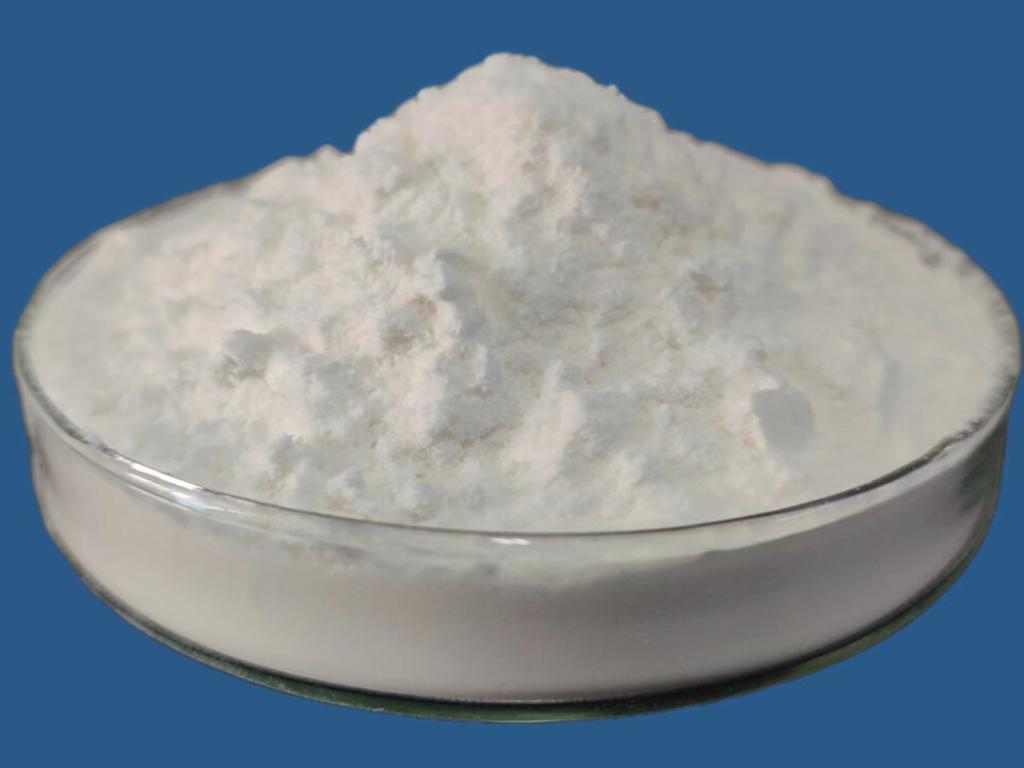Tel:+8618231198596

News
 CONTACT
CONTACT
 CONTACT
CONTACT
- Linkman:Linda Yao
- Tel: +8618231198596
- Email:linda.yao@dcpharma.cn
- Linkman:CHARLES.WANG
- Department:Overseas
- Tel: 0086 0311-85537378 0086 0311-85539701
News
Current Position:
Home >
News
>Exploring novel delivery systems for ε-Polylysine hydrochloride in food industries.
Exploring novel delivery systems for ε-Polylysine hydrochloride in food industries.
TIME:2024-04-24
Importance of Delivery Systems for ε-Polylysine Hydrochloride:
Delivery systems play a pivotal role in optimizing the performance of ε-PL by addressing challenges related to stability, solubility, and controlled release. Key considerations for ε-PL delivery systems include:
Stability: Protecting ε-PL from degradation and maintaining its antimicrobial activity under various environmental conditions, including pH, temperature, and processing methods.
Solubility: Enhancing the solubility and dispersibility of ε-PL in aqueous and non-aqueous matrices to facilitate uniform distribution and effective incorporation into food and pharmaceutical formulations.
Targeted Release: Achieving controlled release of ε-PL at specific sites within the gastrointestinal tract or food matrices to optimize antimicrobial efficacy and minimize off-target effects.
Lipid-based Delivery Systems:
Lipid-based delivery systems, such as liposomes, lipid nanoparticles, and solid lipid nanoparticles (SLNs), offer promising platforms for ε-PL encapsulation and controlled release. These systems provide advantages such as:
Enhanced Stability: Lipid encapsulation protects ε-PL from degradation by enzymes and environmental factors, prolonging its shelf-life and efficacy.
Improved Bioavailability: Lipid carriers enhance the solubility and bioavailability of ε-PL, enabling efficient delivery and absorption in biological systems.
Targeted Delivery: Surface modification of lipid carriers allows for targeted delivery of ε-PL to specific tissues or microbial populations, enhancing antimicrobial activity while minimizing adverse effects on beneficial microorganisms.
Polymeric Delivery Systems:
Polymeric delivery systems, including polymer nanoparticles, micelles, and hydrogels, offer versatile platforms for ε-PL encapsulation and release. Key features of polymeric delivery systems for ε-PL include:
Tunable Properties: Polymeric carriers can be tailored to achieve desired properties, such as particle size, surface charge, and release kinetics, to optimize ε-PL delivery in diverse applications.
Sustained Release: Polymeric matrices provide sustained release of ε-PL over extended periods, maintaining antimicrobial activity and prolonging its efficacy in food preservation and pharmaceutical formulations.
Biocompatibility: Biodegradable and biocompatible polymers ensure the safety and compatibility of ε-PL delivery systems for use in food and pharmaceutical products, minimizing risks to human health and the environment.
Nanotechnology-based Delivery Systems:
Nanotechnology-based delivery systems, including nanocapsules, nanoemulsions, and dendrimers, offer innovative approaches to ε-PL delivery with unique advantages such as:
High Loading Capacity: Nanocarriers provide high loading capacity for ε-PL, allowing for efficient encapsulation and delivery of the antimicrobial agent in concentrated form.
Enhanced Penetration: Nano-sized carriers penetrate biological barriers more effectively, enabling ε-PL to reach target sites within microbial cells or food matrices and exert antimicrobial activity.
Multifunctionality: Nanotechnology-based delivery systems can be engineered to incorporate additional functionalities, such as targeting ligands or imaging agents, to enhance ε-PL efficacy and versatility in food and pharmaceutical applications.
Application Perspectives:
Novel delivery systems for ε-PL have diverse applications across the food and pharmaceutical industries, including:
Food Preservation: Incorporating ε-PL into lipid-based or polymeric nanoparticles enables targeted delivery and controlled release in food matrices, enhancing microbial stability and extending shelf-life.
Pharmaceutical Formulations: Nanoformulations of ε-PL offer improved solubility, bioavailability, and controlled release for oral or topical delivery, facilitating its use in antimicrobial and wound healing applications.
Biomedical Applications: ε-PL-loaded nanocarriers hold potential for antimicrobial coatings, medical devices, and drug delivery systems in healthcare settings, contributing to infection control and patient care.
Challenges and Future Directions:
Challenges in developing ε-PL delivery systems include optimizing formulation parameters, ensuring stability during processing and storage, and addressing regulatory requirements for food and pharmaceutical applications. Future research directions focus on:
Multi-functional Delivery Systems: Engineering ε-PL delivery systems with additional functionalities, such as imaging or sensing capabilities, to enhance performance and versatility.
Scale-up and Commercialization: Scaling up production processes and conducting pilot studies to assess feasibility and cost-effectiveness for industrial-scale manufacturing and commercialization.
Safety and Regulatory Considerations: Conducting comprehensive safety evaluations and regulatory assessments to ensure the suitability of ε-PL delivery systems for food and pharmaceutical use, including compliance with quality standards and labeling requirements.
Conclusion:
Novel delivery systems offer promising strategies to enhance the stability, bioavailability, and targeted release of ε-Polylysine hydrochloride in food and pharmaceutical applications. By overcoming challenges and leveraging innovative technologies, these delivery systems have the potential to revolutionize ε-PL delivery, unlocking new opportunities for food safety, preservation, and healthcare. Continued research and collaboration across disciplines are essential to realize the full potential of ε-PL delivery systems and address global challenges in food security and public health.
- Tel:+8618231198596
- Whatsapp:18231198596
- Chat With Skype







